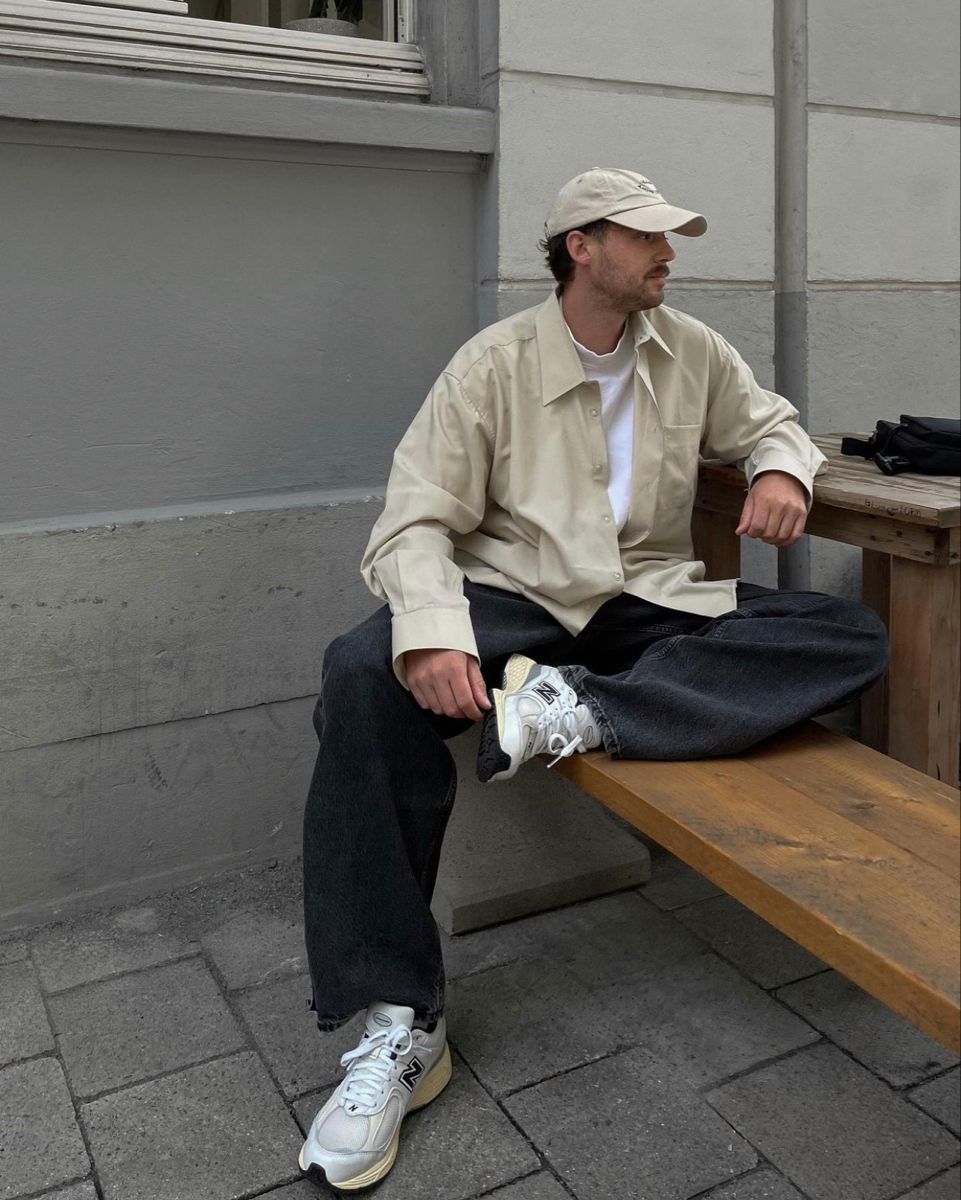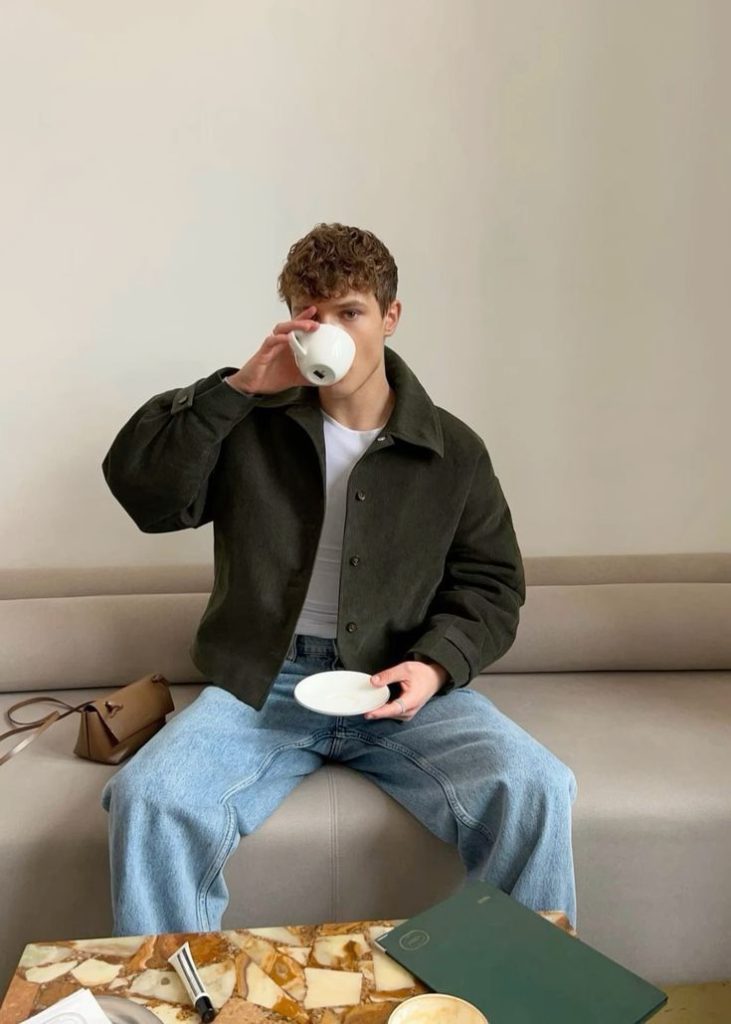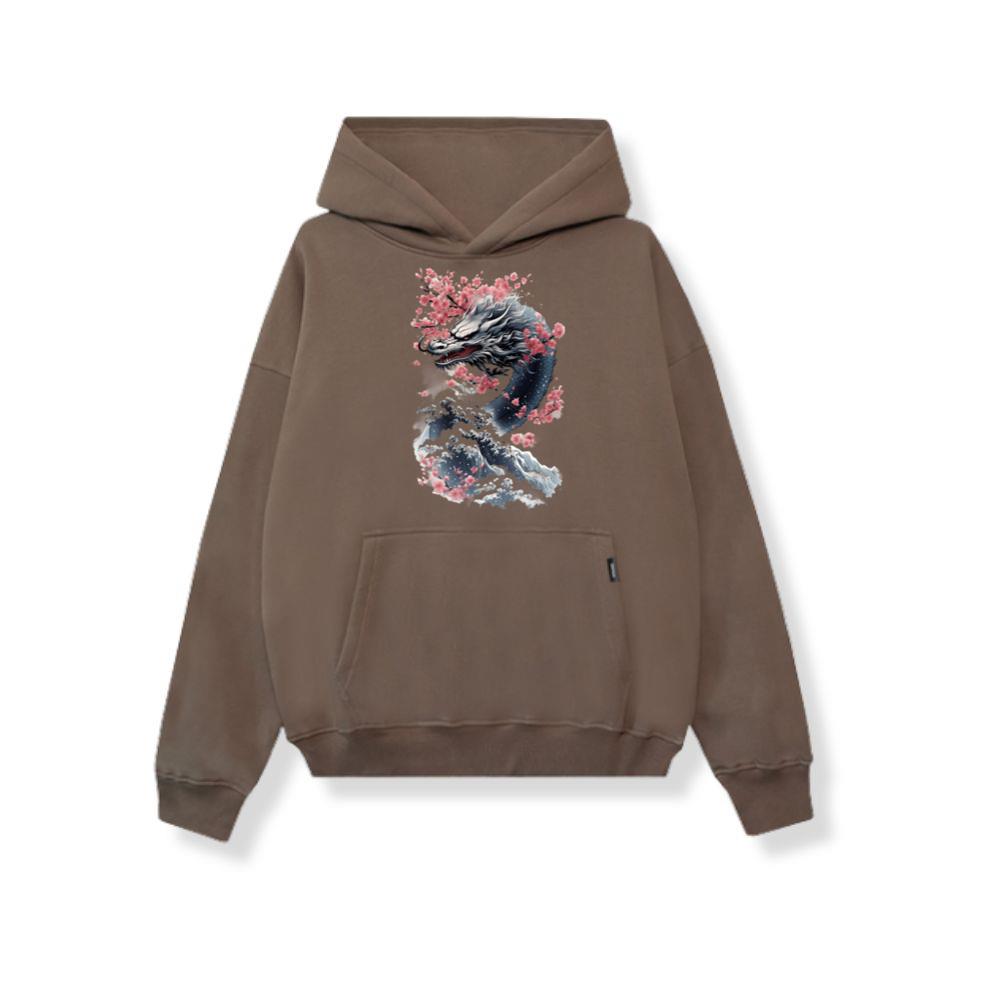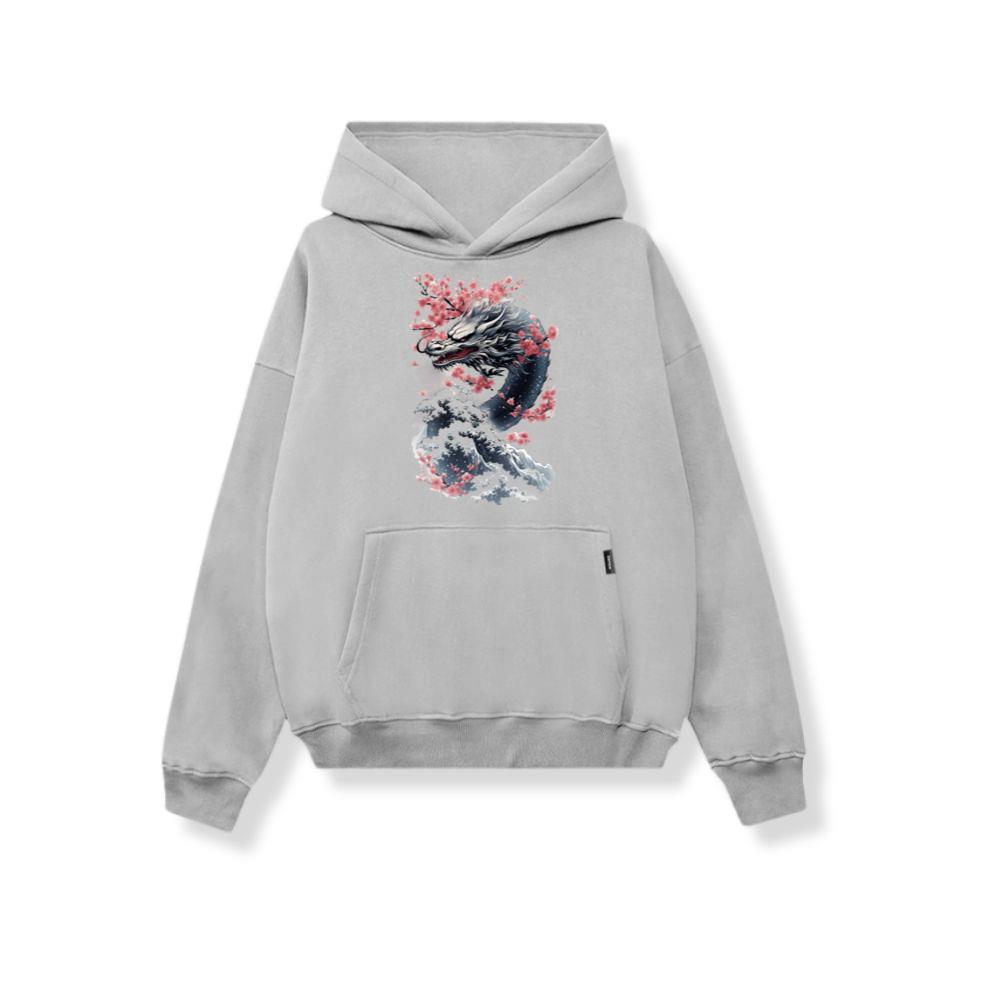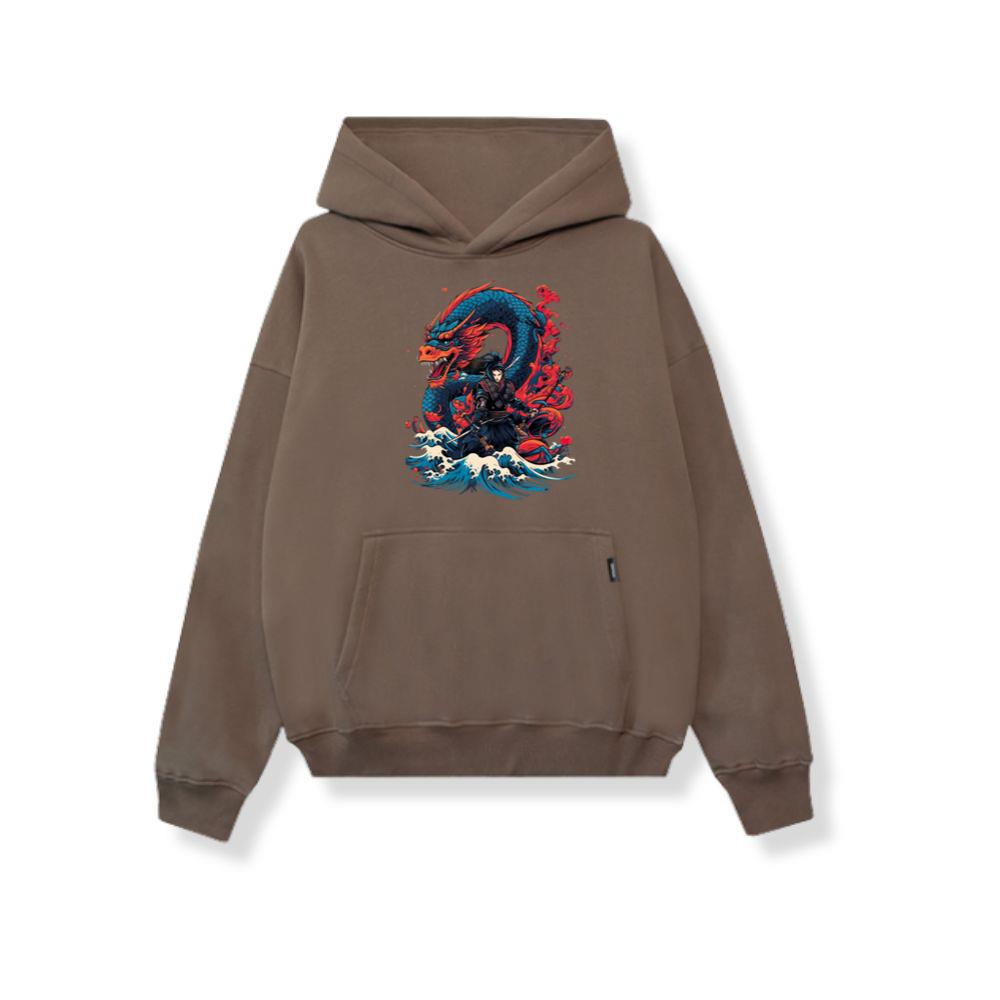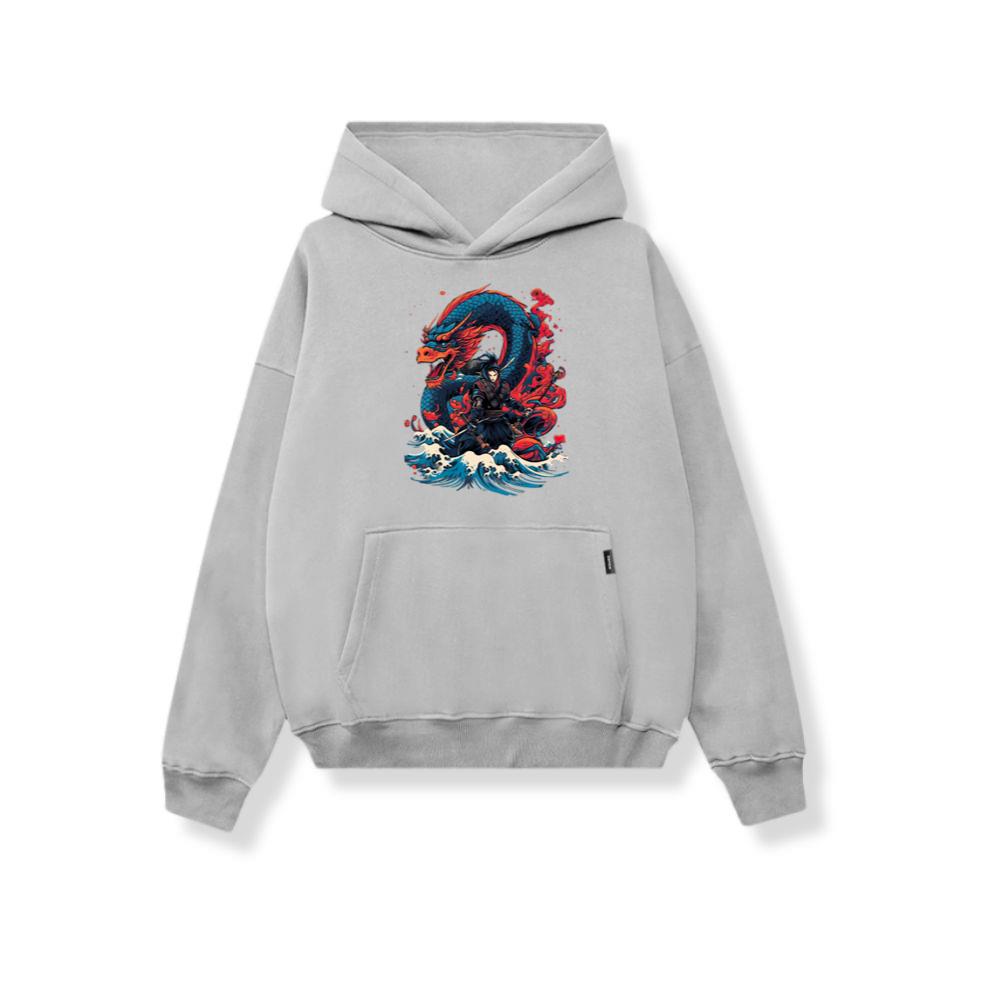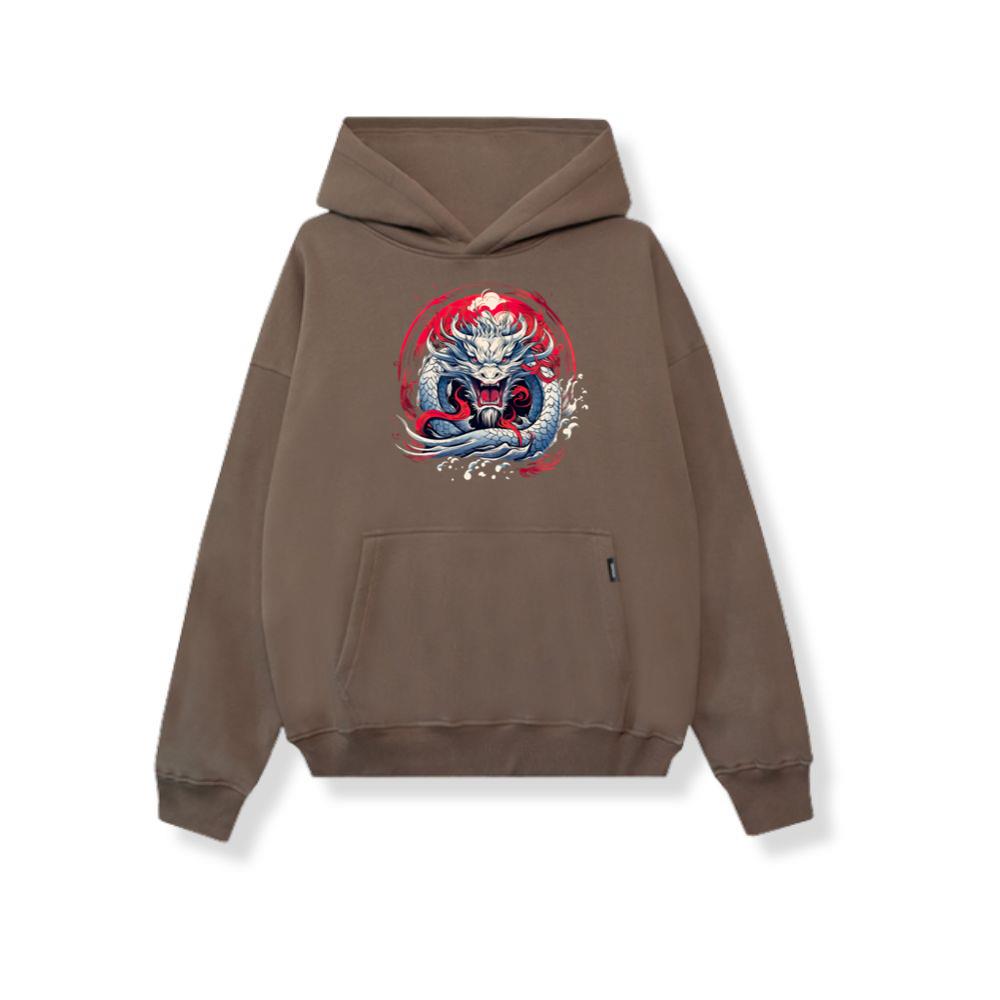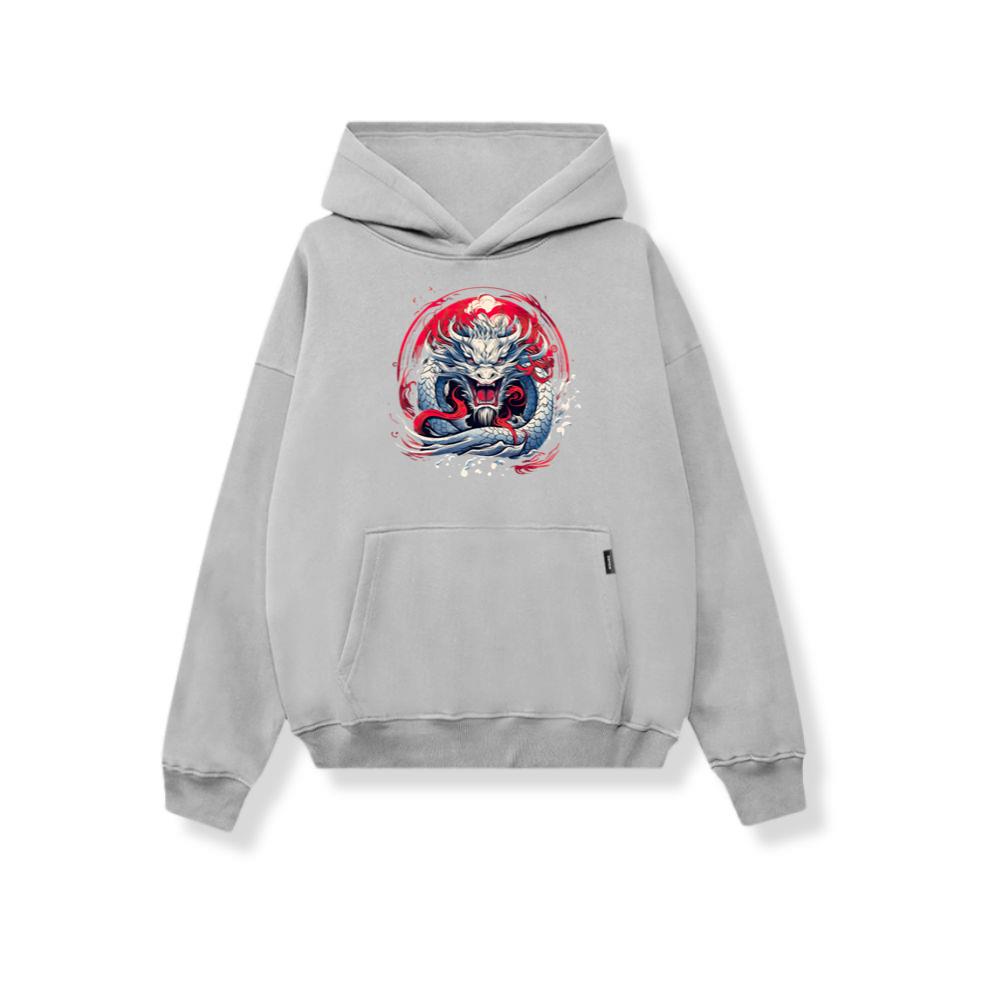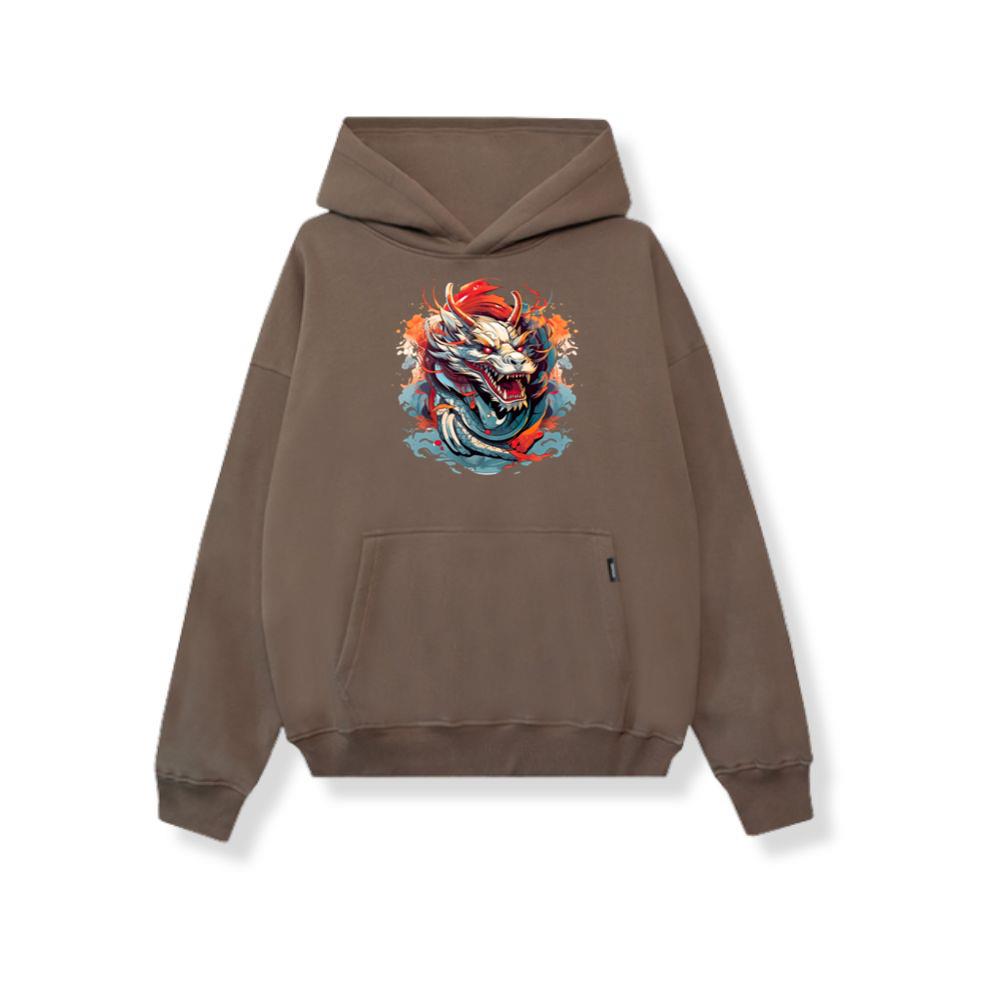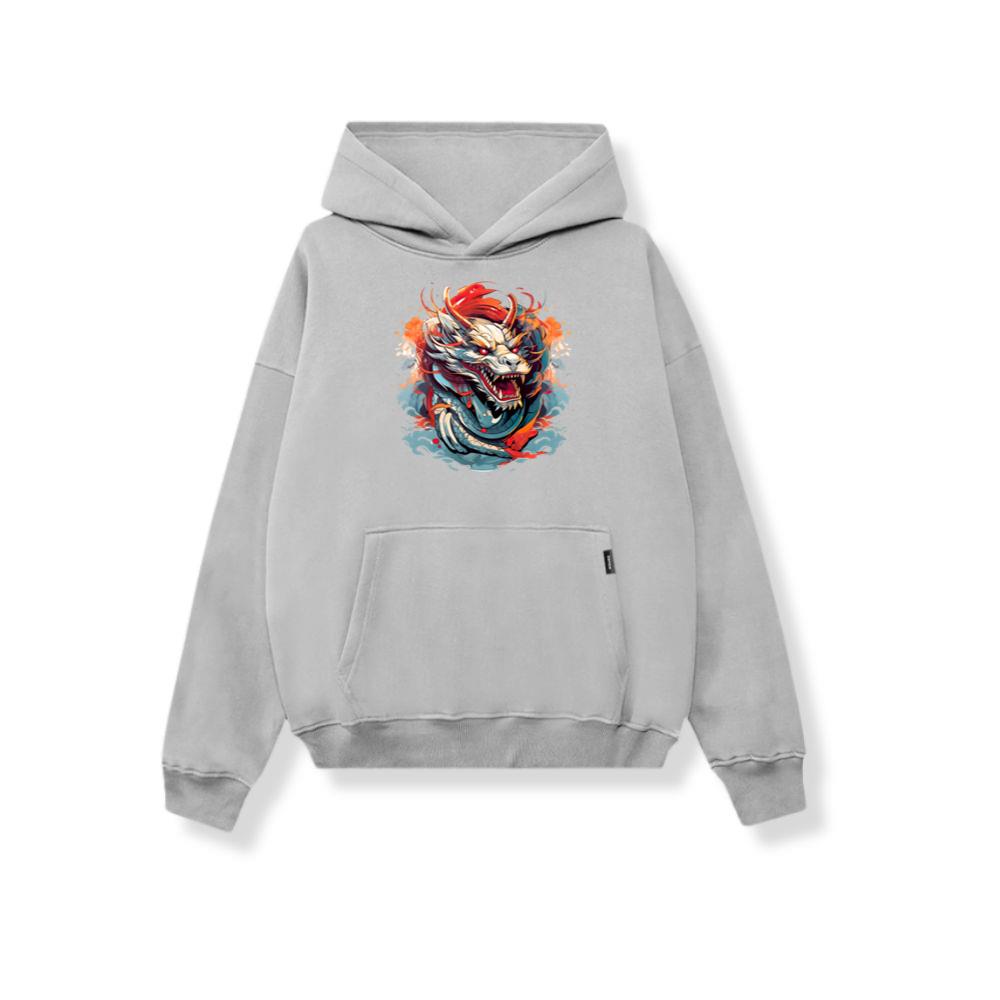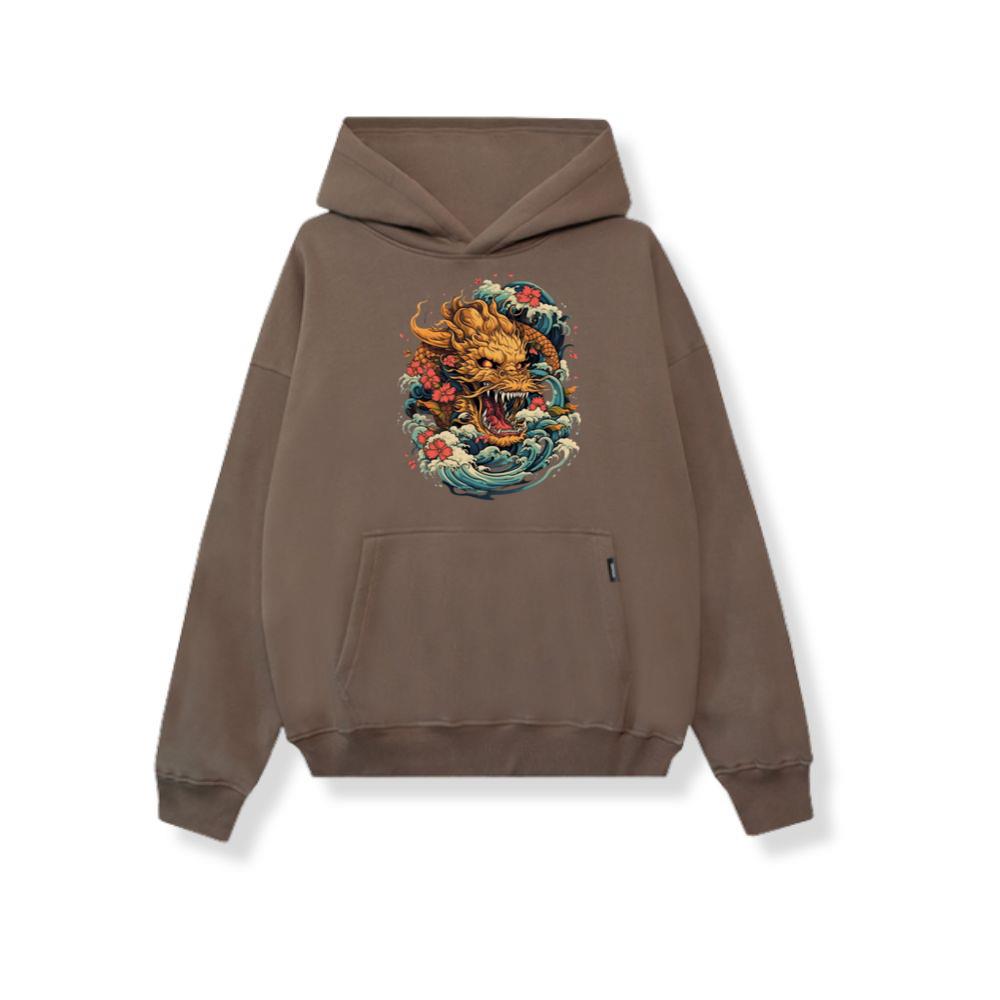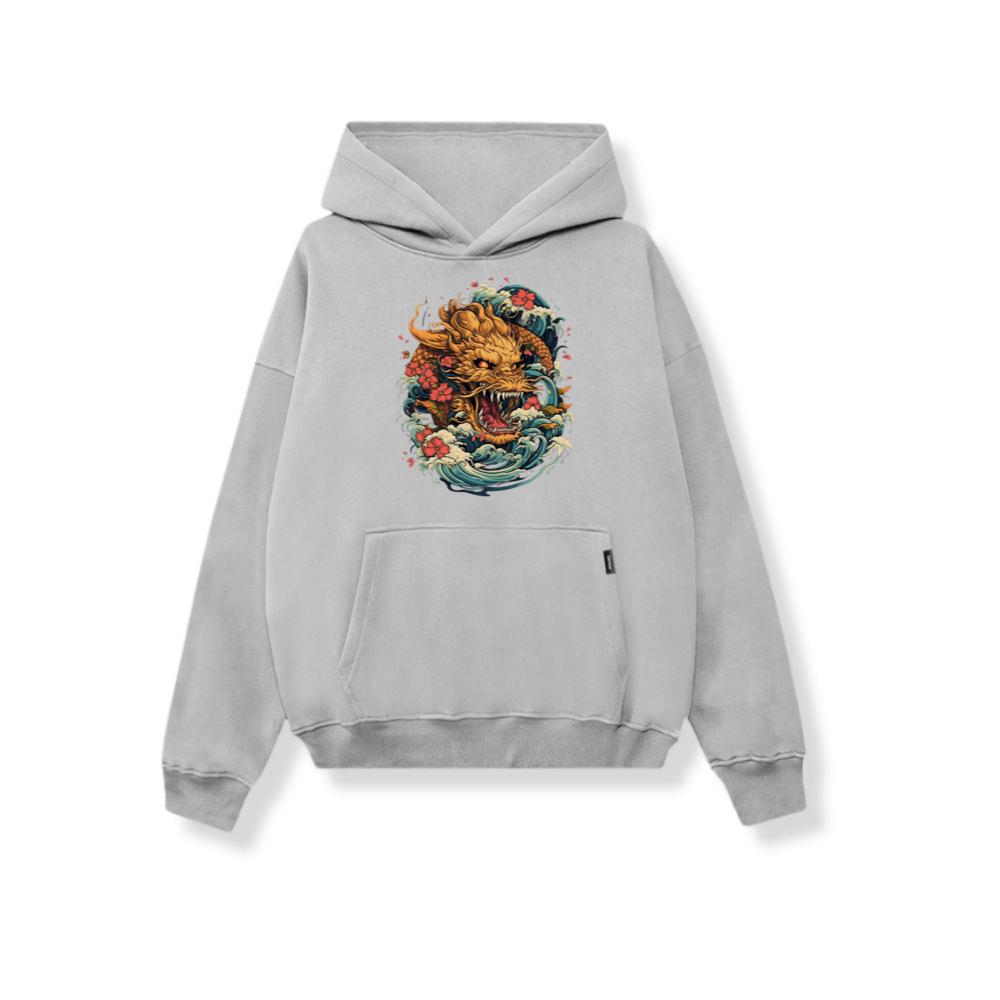Introduction: The Fusion of Technology and Style in a Changing World
The twenty-first century has transformed the landscape of fashion in ways that earlier generations could scarcely imagine. No longer confined to the purely aesthetic, clothing now embodies functionality, adaptability, and even digital integration. The rise of techwear symbolizes this paradigm shift, where garments are not only designed to protect the body but also to enhance it through advanced materials, futuristic silhouettes, and intelligent features. Augmented aesthetics, the merging of beauty with technological innovation, has become one of the most captivating discussions in fashion, reflecting the evolving desires of a global society that values both style and substance.
Techwear has emerged at the intersection of utility and artistry. It is defined by its sleek lines, muted color palettes, and performance-driven construction, but beneath its surface lies a deeper narrative about individuality, adaptability, and the future of human self-expression. As wearable technology becomes increasingly refined, the lines between apparel and device blur, creating a new form of beauty—one that does not simply adorn but actively enhances life. This era marks a turning point where fashion is no longer static; it is dynamic, responsive, and deeply intertwined with digital culture.
The Origins of Techwear and Its Influence on Modern Aesthetics
To fully grasp the idea of augmented aesthetics, it is essential to trace the roots of techwear. While futuristic in appearance, its inspiration lies in military uniforms, outdoor gear, and urban functionality. The late twentieth century introduced garments built for survival—jackets resistant to storms, trousers fortified for durability, and shoes engineered for long-lasting wear. Designers took these utilitarian principles and transformed them into statements of modern sophistication. The movement gained prominence in the early 2000s as fashion enthusiasts sought clothing that reflected not only style but also preparedness for unpredictable environments.
In its early iterations, techwear drew from Japanese innovation and the pioneering works of designers who emphasized structure, precision, and minimalism. Brands that experimented with waterproof fabrics, taped seams, and modular components laid the foundation for a new generation of clothing that combined aesthetics with engineering. Over time, this niche developed into a global phenomenon, reshaping runways, influencing streetwear, and establishing a new language of fashion. It became clear that beauty was no longer measured only by surface details but by the harmonious blending of form, function, and futuristic vision.
The Philosophy of Augmented Aesthetics in Techwear
Augmented aesthetics is more than a trend; it is a philosophy that redefines beauty for the digital age. Instead of seeing clothing as ornamental, this concept frames garments as extensions of the self—adaptive, versatile, and interconnected with technological progress. Beauty is interpreted not merely through symmetry, color, or proportion but through efficiency, resilience, and innovation. A jacket that regulates temperature, a pair of shoes that analyze movement, or a dress that shifts hue in response to the environment all embody this reimagined definition of style.
This philosophy resonates strongly with younger generations who have grown up surrounded by devices and digital immersion. They see beauty in practicality and elegance in adaptability. The sleek waterproof fabric of a coat, the geometric placement of zippers, or the seamless integration of smart fibers all contribute to a new visual language. It is fashion that honors minimalism while celebrating complexity, where every detail carries intention. Augmented aesthetics challenges traditional notions of beauty and invites people to consider how clothing can enhance identity while also anticipating the demands of tomorrow.
Fashion as a Mirror of Technological Advancement
Throughout history, fashion has mirrored cultural and technological shifts, and techwear epitomizes this relationship in the twenty-first century. Just as the Industrial Revolution transformed textiles and the 1960s brought synthetic fabrics into mainstream use, the current era highlights garments that embody digital influence. Clothing now serves as a mirror to advancements in material science, artificial intelligence, and connectivity. Aesthetic choices are guided by not only visual appeal but also data-driven insights and performance capabilities.
Designers are no longer limited to cotton, wool, or silk; they experiment with graphene, recycled synthetics, and responsive fibers that alter their properties depending on external stimuli. Runways present coats embedded with microchips, trousers equipped with biometric sensors, and accessories that serve as both adornment and digital interfaces. In this way, beauty is no longer passive but interactive. What was once seen as a purely visual attribute has transformed into an experience, blending elegance with efficiency in unprecedented ways.
The Role of Urban Environments in Shaping Techwear Beauty
The allure of techwear and its unique aesthetic cannot be separated from the environments that inspired it. Modern cities, with their dense architecture, unpredictable climates, and fast-paced rhythms, created the perfect backdrop for this movement. Individuals sought clothing that could withstand sudden rain, adapt to shifting temperatures, and remain comfortable while navigating crowded streets. Beauty became synonymous with resilience, and fashion evolved to reflect survival in urban landscapes while retaining refined sophistication.
Urban living demands versatility, and techwear answers that demand with garments that combine high functionality with understated elegance. Sleek jackets with concealed pockets, trousers resistant to wear and tear, and footwear designed for all terrains express a beauty rooted in practicality. This urban influence positions techwear not only as a fashion statement but also as a cultural response to the challenges of contemporary life. In such environments, augmented aesthetics thrives by merging necessity with design, reflecting the pulse of modern society.

